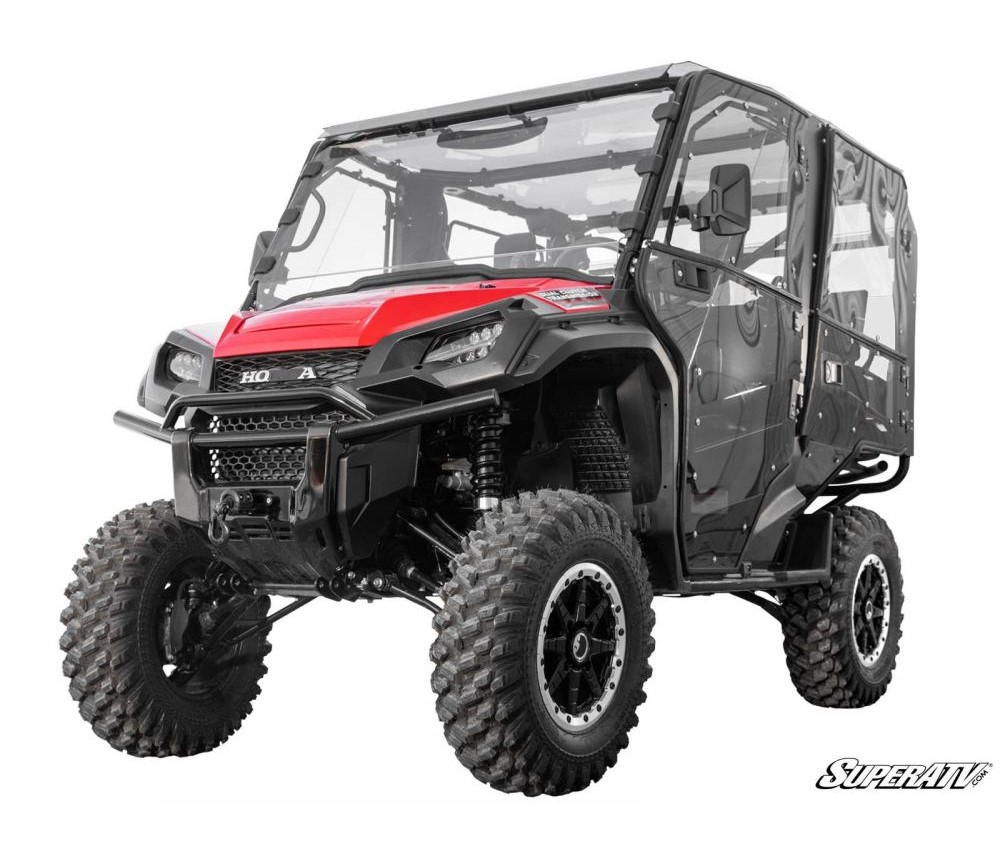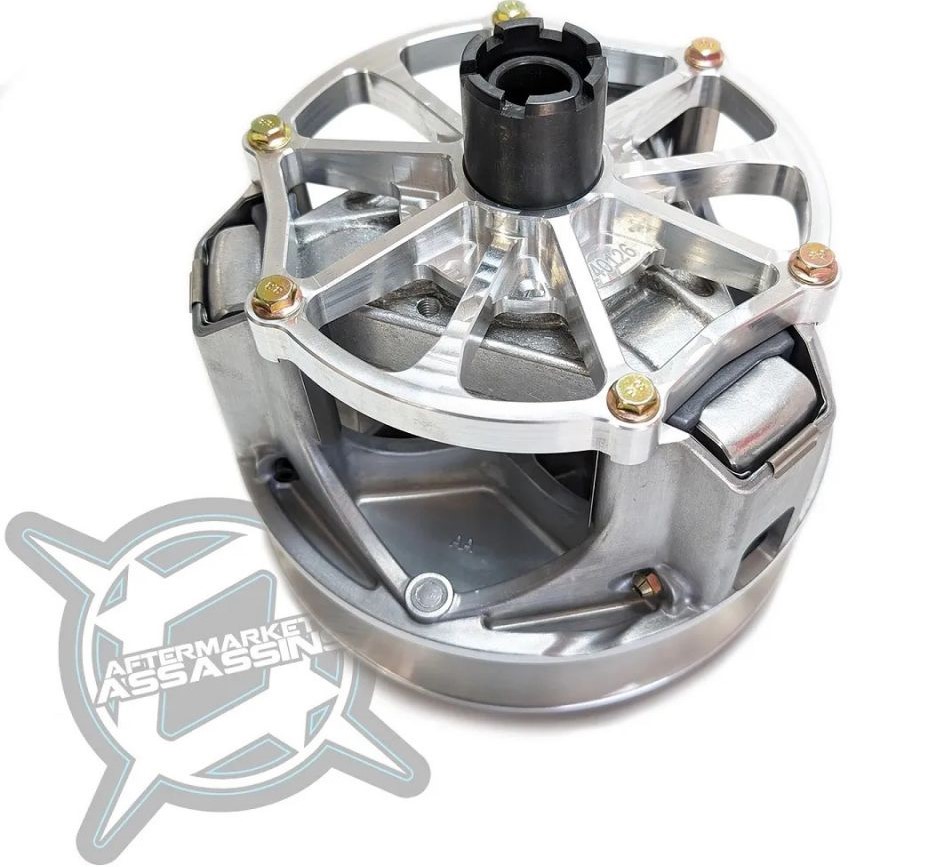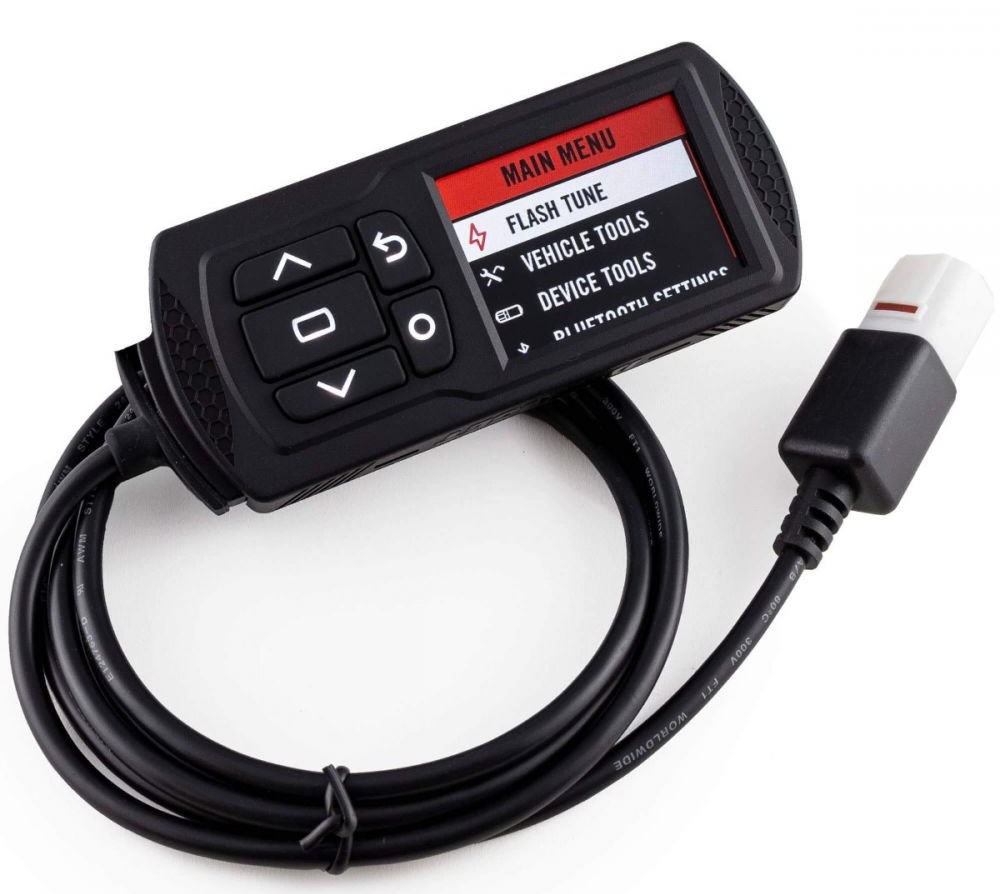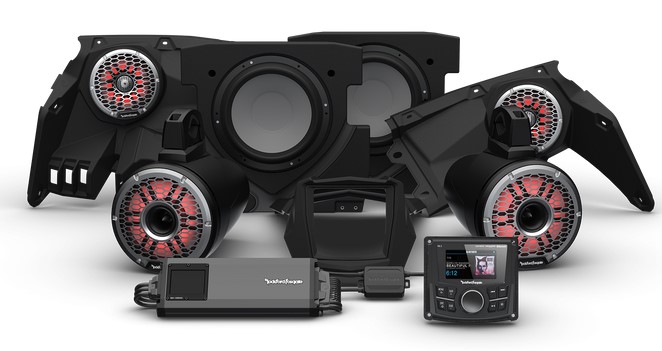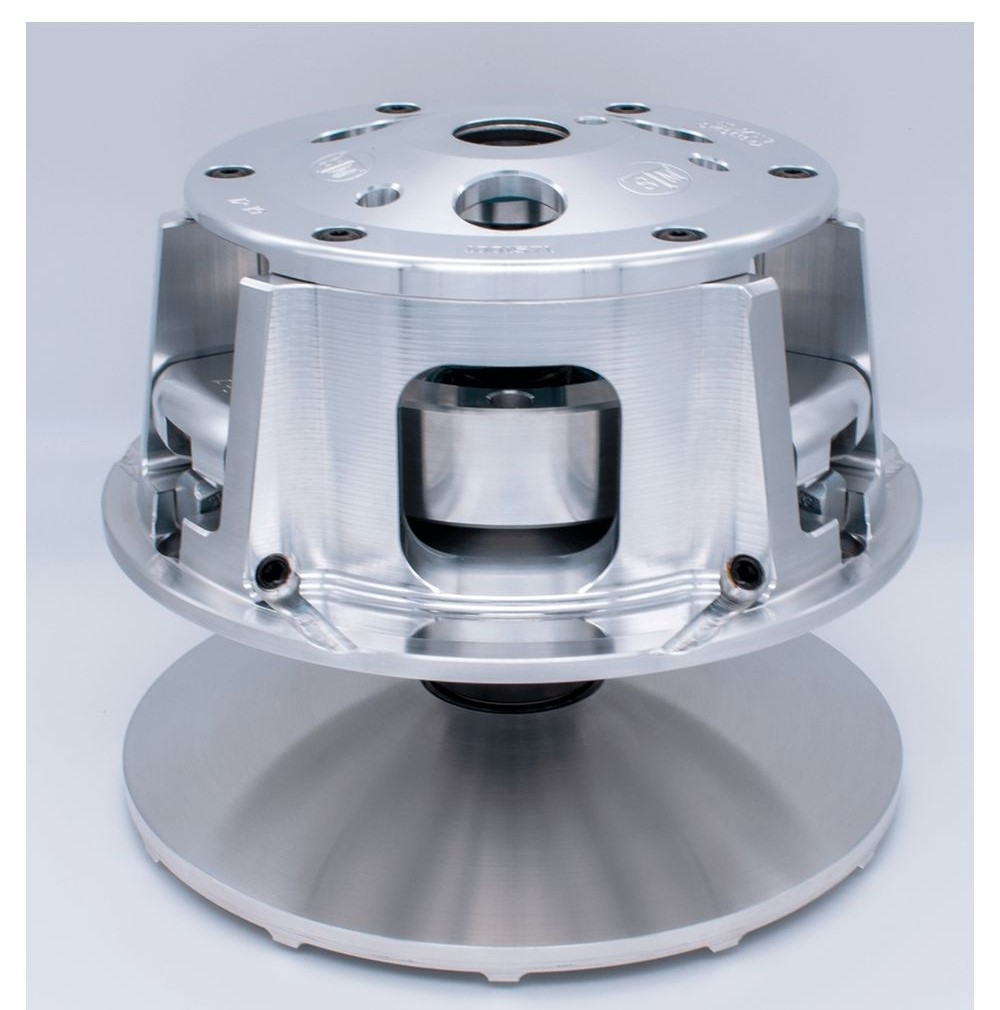Can-Am
-
December 03, 2025
If you ride long enough, you’re guaranteed to run into electrical headaches, from random dash warnings to a machine that refuses to start. Understanding common Can-Am electrical problems can save your weekend rides more than almost anything else. When your ATV suddenly drops into limp mode, throws a DPS error, or suffers from a fast battery drain, it can feel frustrating and confusing. But in most cases, the cause is surprisingly simple, often involving loose grounds, weak relays, or moisture in a fuse box.
This guide breaks down the most common Can-Am electrical problems, explains how to troubleshoot them quickly, and gives you practical steps you can use on your next ride.
Common Electrical Failures in Outlander and Renegade Models
Electrical issues in Can-Am machines typically start small but quickly demand your attention. Before diving into the fixes, it helps to know the most common trouble areas responsible for Can-Am electrical problems.
Battery Drain and Charging Problems
Many riders notice slow cranking, flickering lights, or complete battery drain after riding through mud or water. Common causes include:
- A weak voltage regulator
- Loose or dirty ground connections
- A failing starter
-
October 14, 2025
When you’re tearing across open dunes or picking your way through muddy trails, the right soundtrack can make the adventure unforgettable. For Can-Am X3 owners, that often means upgrading to a Can-Am X3 subwoofer box for deep, powerful bass that cuts through engine noise and wind.
However, adding a subwoofer to your X3 isn’t as simple as bolting it in place. The process comes with unique challenges that require careful planning. You’ll need to consider X3 sub box under-seat fitment, which varies between 2-seat and 4-seat models, making measurements and clearance checks essential.
Then there’s the matter of protection. Riding in wet or muddy conditions increases the risk of water intrusion, so proper sealing and X3 subwoofer water protection become crucial for longevity and performance. Finally, hot summer rides can push your amplifier to the limit, making amp placement and cooling strategies essential to prevent thermal shutdowns.
This guide covers it all, fitment, waterproofing, amp cooling, and expert tips, so you can enjoy thundering bass without compromising reliability on any terrain.
Understanding Can-Am X3 Subwoofer Box Options
Before you break out the tools, it’s worth understanding why not all Can-Am X3 subwoofer box options are created equal. Factory audio leaves a lot to be desired, especially for riders who crave deep, clean bass at higher volumes.
-
October 14, 2025
If you’ve spent any real time behind the wheel of a Can-Am Maverick X3, you know that these machines are absolute beasts, until a clutch issue cuts the fun short. Whether you’re bombing across the dunes, crawling over rocks, or powering through muddy trails, your Can-Am X3 clutch kit is the heart of your UTV’s performance. But here’s the truth, clutch kits aren’t “install it and forget it” parts. Belt slip, heat build-up, poor backshift, and incorrect helix or spring choices can all tank your ride’s power and reliability.
This guide breaks down the most common Can-Am X3 clutch kit problems, explains how to fix them, and shares pro-level tuning tips so you can ride harder, longer, and with fewer breakdowns.
Understanding Can-Am X3 Clutch Kit Fundamentals
Before you can fix problems, you need to understand what’s going on under the hood, or in this case, under the clutch cover.
How X3 Clutch Systems Work
The Can-Am X3 uses a CVT (Continuously Variable Transmission) with a primary and secondary clutch. The Can-Am X3 clutch kit modifies how these clutches engage, shift, and backshift based on your RPMs and load. The primary clutch controls belt grip and engagement, while the secondary clutch manages belt tension and backshifting. Together, they keep your engine in its powerband whether you’re blasting at high speed or crawling over obstacles.
Common
-
October 13, 2025
For Can-Am riders chasing more power, smoother engagement, and real control over how their UTV handles big tires and tunes, the STM clutch Can-Am system is a serious game-changer. Unlike stock setups, STM clutches allow riders to fine-tune weights, springs, and helix combinations to match their build perfectly. But along with performance comes a reputation for STM clutch tuning complexity, extra maintenance, and higher ownership costs. That leaves many riders wondering, are the gains worth it?
This guide breaks down the differences between STM and OEM systems, explains tuning and maintenance, highlights STM clutch real-world gains, and even covers common problems. Whether you’re considering oversized tires, running a big tune, or simply want better durability, the STM clutch Can-Am upgrade deserves a closer look.
Understanding STM Clutch Technology for Can-Am UTVs
When riders start looking for more control, smoother engagement, and the ability to push their machines harder, the STM clutch Can-Am system comes into play. These clutches aren’t just stronger, they’re engineered with adjustability in mind. That adjustability lets riders fine-tune how power is delivered depending on terrain, tire size, load, and horsepower. Whether you’re crawling rocky trails, running oversized mud tires, or blasting dunes with a tuned engine, an STM setup gives you the flexibility to make your machine respond the way you want.
-
September 09, 2025
If you're the kind of UTV rider who believes “stock is just a starting point,” then chances are you've come across the ball joint delete Can-Am Defender buzz. Whether you’re crawling through the mud, hauling gear, or bombing through rugged backwoods trails, your front-end setup takes a serious beating. And those factory ball joints? They’re often the first to throw in the towel. That’s where the ball joint delete Can-Am Defender upgrade steps in. This mod swaps out your vulnerable OEM joints for a beefier, more robust alternative, and riders everywhere are talking about it. But is it all good news? Let’s break it down, so you know what you’re getting into before wrenching.
What Is a Ball Joint Delete?
A ball joint delete Can-Am Defender is exactly what it sounds like, removing the factory-installed ball joints and replacing them with a Defender uniball conversion or similar heavy-duty component. Traditional ball joints are flexible connectors that allow for smooth articulation between the A-arms and knuckle. The trouble is, they’re also a high-failure point on most UTVs.
The ball joint delete replaces that weak link with a uniball or heim-style joint, usually supported by a reinforced A-arm and knuckle system. This style of upgrade is built for UTV front suspension mods that prioritize durability, simplicity, and raw toughness over the comfort of factory suspension geometry.
Why Consider One for Your Defender?

